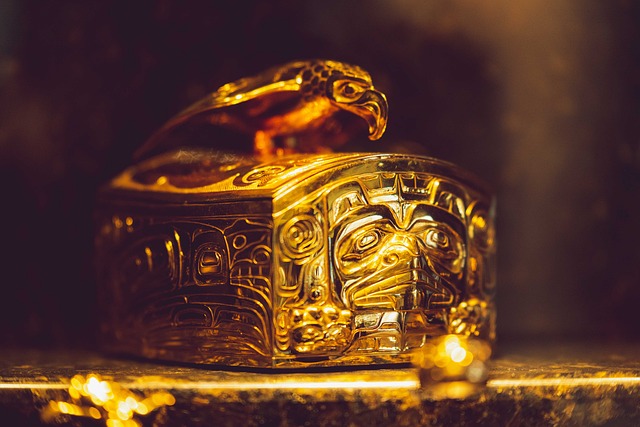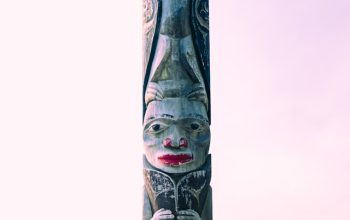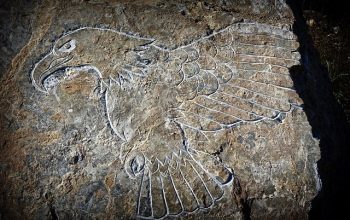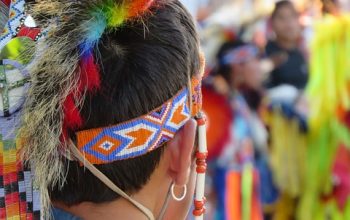The Shuswap people, known in their language as the Secwepemc, have been stewards of the British Columbia interior for millennia, tracing their lineage back thousands of years, long before the concept of borders emerged. Archaeological discoveries near the Fraser and Thompson rivers provide evidence of their ancient presence, showcasing tools, remnants of settlements, and traditional hunting grounds that speak volumes of a deeply connected and sophisticated society. These findings, complemented by oral histories passed down through generations, paint a vivid picture of a people deeply attuned to the rhythms of the earth, navigating the challenges and bounties of their environment with remarkable ingenuity and resilience. The Secwepemc utilized an intimate knowledge of the land to manage their resources, engaging in practices such as controlled burning to maintain the health of the forests and to enhance hunting grounds, a testament to their early understanding of ecological balance.
Colonial Encounters and Cultural Resilience
The arrival of European settlers in the 18th and 19th centuries marked a tumultuous period for the Shuswap people, as it did for many First Nations across Canada. The fur trade, gold rush, and subsequent colonial policies brought profound changes to their way of life, often through forceful means and with little regard for the established rights and territories of the indigenous populations. Despite these challenges, the Shuswap people showcased an extraordinary resilience, adapting to the new realities while fiercely protecting their cultural identity, languages, and traditions. This period witnessed the signing of agreements and treaties, some of which remain contentious to this day, as the Secwepemc and other indigenous groups sought to navigate a rapidly changing world. The resilience of the Shuswap culture is evident in their survival and maintenance of their traditions, languages, and social structures, even as they continue to advocate for their rights and sovereignty in modern Canadian society. Just as they prioritize the preservation of their heritage, individuals today seek security and trust in various aspects of life, including online entertainment. For those interested in gaming, it’s essential to choose platforms that ensure safety and reliability, such as those among the safest online casinos picked by NationalPost.com.
Modern Strides and Cultural Revival

In recent decades, there has been a notable resurgence in the celebration and preservation of Secwepemc culture, language, and traditions, driven by both community initiatives and broader societal recognition of indigenous rights and contributions. Educational programs focused on the Secwepemc language and cultural practices have flourished, aiming to bridge generations and heal the wounds left by residential schools and other assimilatory policies. Additionally, the Shuswap people have become increasingly involved in the management of their traditional lands, advocating for sustainable practices and partnerships that respect their ancestral knowledge and rights. This contemporary period is characterized by a dynamic interplay between tradition and modernity, as the Secwepemc people work to ensure their culture not only survives but thrives in the 21st century.
Archaeological Insights into Secwepemc Ancestry
The study of ancient artifacts, from stone tools to ceremonial items, offers invaluable insights into the life of the Shuswap people before contact with Europeans. These artifacts, many of which are preserved in local and national museums, serve as a tangible link to the past, offering clues about the daily lives, spiritual beliefs, and social structures of the Secwepemc ancestors. Through careful analysis and collaboration with indigenous historians and elders, archaeologists have been able to piece together a more comprehensive understanding of the ancient Secwepemc, highlighting their deep connection to the land and the sophisticated nature of their society.
The Shuswap and Colonialism
The impact of colonialism on the Shuswap people cannot be overstated, with every aspect of their society challenged by the influx of European settlers and the imposition of foreign governance systems. However, the Secwepemc people’s response to these challenges is a testament to their resilience and strength. By maintaining their cultural practices, fighting for their rights, and adapting to new circumstances, they have managed to preserve their identity and ensure their culture’s continuity. This segment of their history is crucial for understanding the complexity of their contemporary struggles and achievements.
The Renaissance of Secwepemc Culture in the Modern Era
The revival of Secwepemc culture in recent years is a powerful narrative of resilience and empowerment. Community-led initiatives have played a pivotal role in this renaissance, with a focus on education, language revitalization, and the reclamation of traditional practices. These efforts are not only about preserving the past but are also a forward-looking approach to sustainability, autonomy, and the well-being of future generations. The story of the Secwepemc is a compelling example of how indigenous cultures can navigate the challenges of the modern world while staying true to their roots and values.
The efforts to reclaim and revitalize the Secwepemc language and traditions are particularly noteworthy. These initiatives are not merely acts of cultural preservation but are also deeply political, serving as a means of resisting assimilation and advocating for self-determination. By passing down their language and customs to future generations, the Shuswap people are ensuring that their heritage remains a vibrant and integral part of their identity.
Moreover, the integration of traditional ecological knowledge with contemporary environmental management practices highlights the Shuswap’s innovative approach to stewardship of their ancestral lands. This melding of past and present underscores the importance of indigenous knowledge systems in addressing global challenges such as climate change and biodiversity loss. It exemplifies how traditional practices, honed over millennia, can contribute valuable insights to modern conservation efforts.
Kanata Pelq’ilc, a Secwepemc historian, studied at the University of British Columbia, enriching his passion for sharing his culture’s history. Through his blog, he advocates for the preservation of Shuswap traditions and environmental stewardship, bridging historical wisdom with modern relevance. His efforts highlight the Secwepemc’s deep land connection, promoting cultural understanding and respect.




